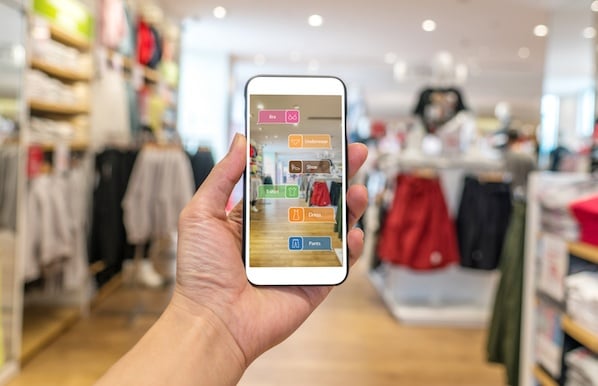3D Printing Mastery – Unleash Your Creativity
Discover the art and science of 3D printing with tips, tutorials, and innovative designs.
Augmented Reality: A Real-Life Magic Trick
Discover how augmented reality transforms the ordinary into the extraordinary—unveiling real-life magic that dazzles and delights!
How Augmented Reality Transforms Everyday Experiences
Augmented reality (AR) is revolutionizing the way we interact with the world around us, enhancing our daily experiences in ways previously unimaginable. By overlaying digital information onto the physical environment, AR enables users to engage with their surroundings through a richer, more interactive lens. From mobile apps that allow users to visualize furniture in their homes before making a purchase, to educational tools that bring historical events to life in real-time, the integration of AR technology is becoming increasingly prevalent in our day-to-day activities.
In the realm of entertainment, AR is changing how we consume media and engage with interactive content. For example, mobile games like Pokémon GO have captivated millions by blending gameplay with the real world. Additionally, AR is enhancing shopping experiences with virtual try-ons for clothing and makeup, allowing consumers to visualize products on themselves before committing to a purchase. As this technology continues to evolve, the potential for augmented reality to transform our everyday experiences is limitless, paving the way for a more immersive and engaging future.

The Science Behind Augmented Reality: Real Magic or Just Tech?
Augmented Reality (AR) blends the digital and physical worlds, creating immersive experiences that can seem almost magical. At its core, AR utilizes various technologies, including computer vision, simultaneous localization and mapping (SLAM), and depth tracking, to overlay digital content onto the real world. By enhancing our perception of reality, AR applications can transform mundane activities into engaging experiences. For instance, AR has revolutionized fields like education and healthcare by providing interactive simulations, enabling users to visualize complex information in a tangible manner.
However, despite its impressive capabilities, the question remains: is AR truly magic, or is it merely the result of advanced technology? Understanding the science behind augmented reality reveals that what some perceive as enchanting is actually rooted in a well-established framework of algorithms and hardware. The seamless integration of virtual objects into our physical environment challenges our perception and evokes a sense of wonder, yet it is fundamentally a product of innovation and engineering. As AR technology continues to evolve, its applications will expand, further blurring the lines between reality and the digital realm.
Top 5 Real-World Applications of Augmented Reality You Need to Know
Augmented Reality (AR) has transformed how we interact with the world, bridging the gap between digital and physical experiences. One of the most significant real-world applications of AR is in retail. Companies like IKEA have incorporated AR into their apps, allowing customers to visualize how furniture fits into their homes before making a purchase. This application not only enhances the shopping experience but also reduces the chances of returns, benefiting both customers and retailers alike.
Another prominent use of AR is in healthcare. Surgeons utilize AR technology to overlay critical information onto the surgical field, improving precision during procedures. For example, AR can display a patient’s internal anatomy in real-time, helping surgeons navigate complex operations with enhanced accuracy. As AR technology continues to advance, its role in healthcare is expected to grow, offering new ways to improve patient outcomes and streamline medical training.